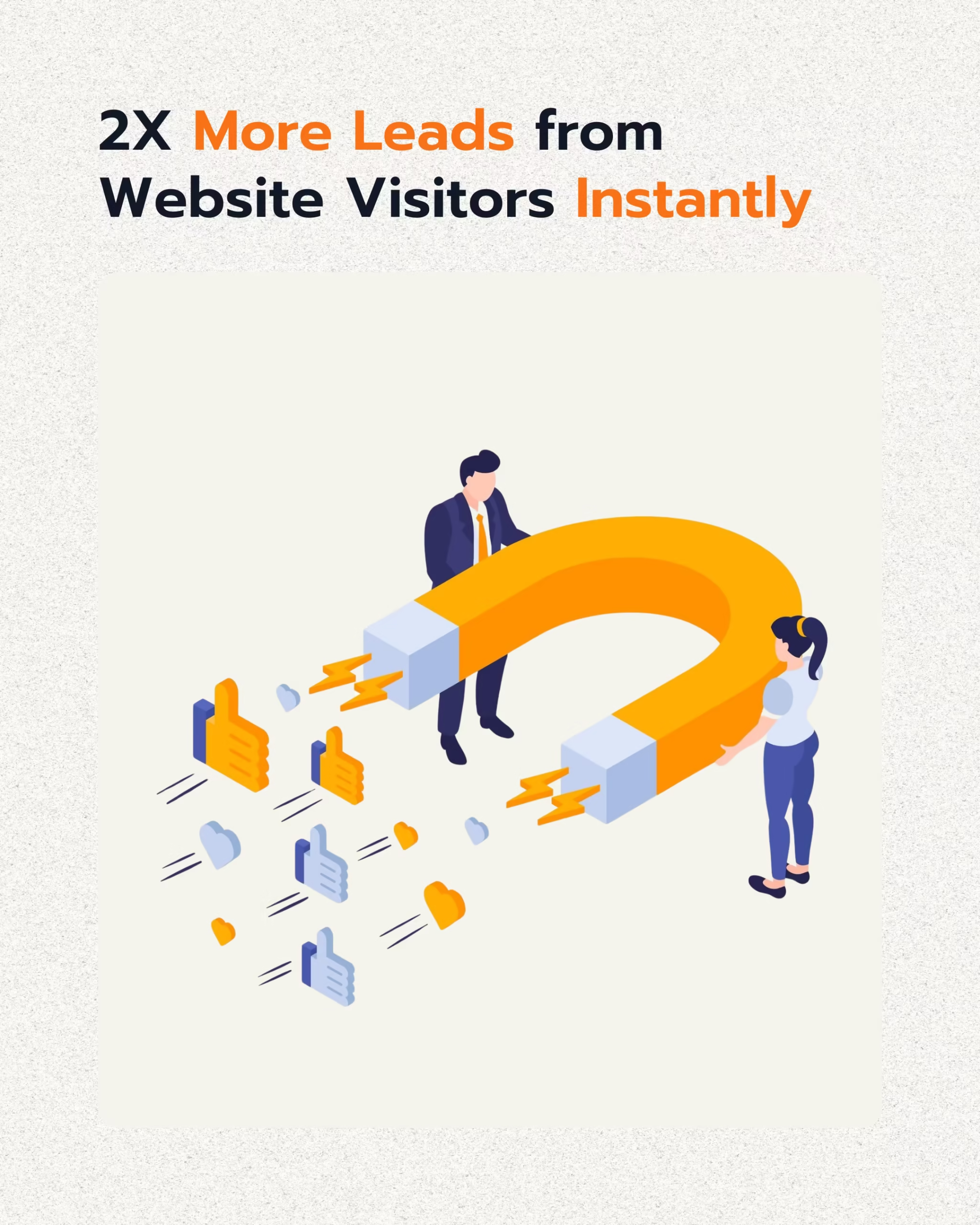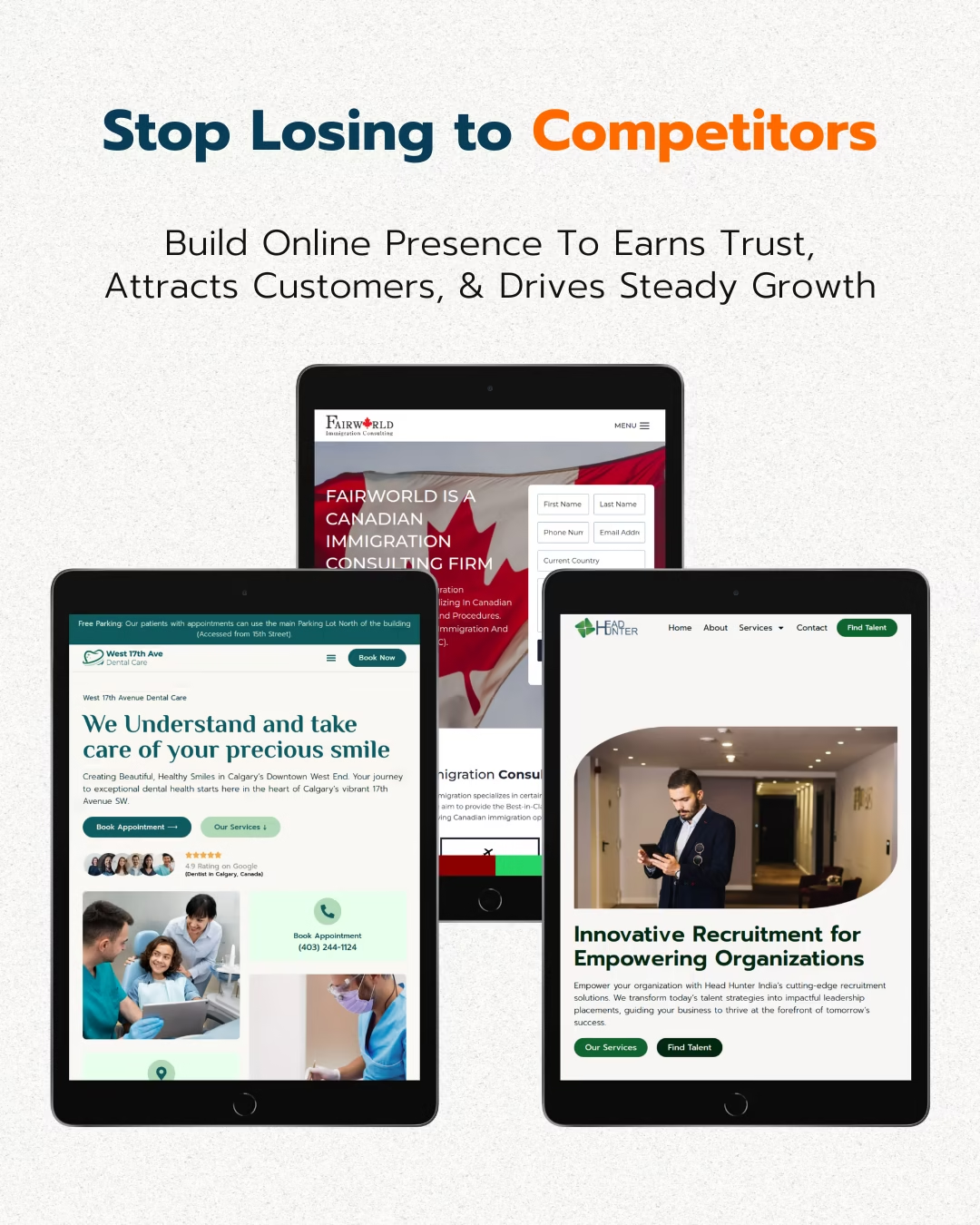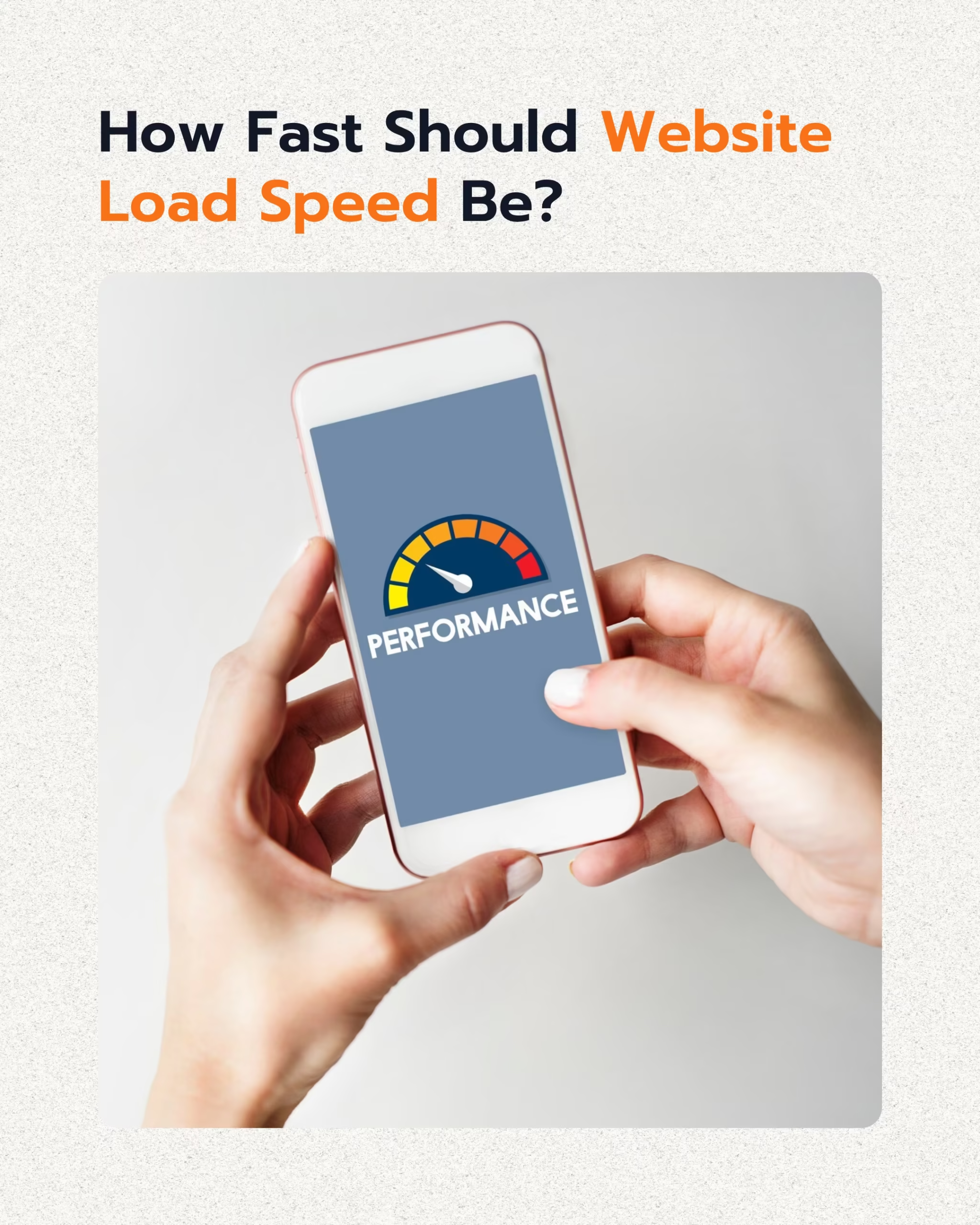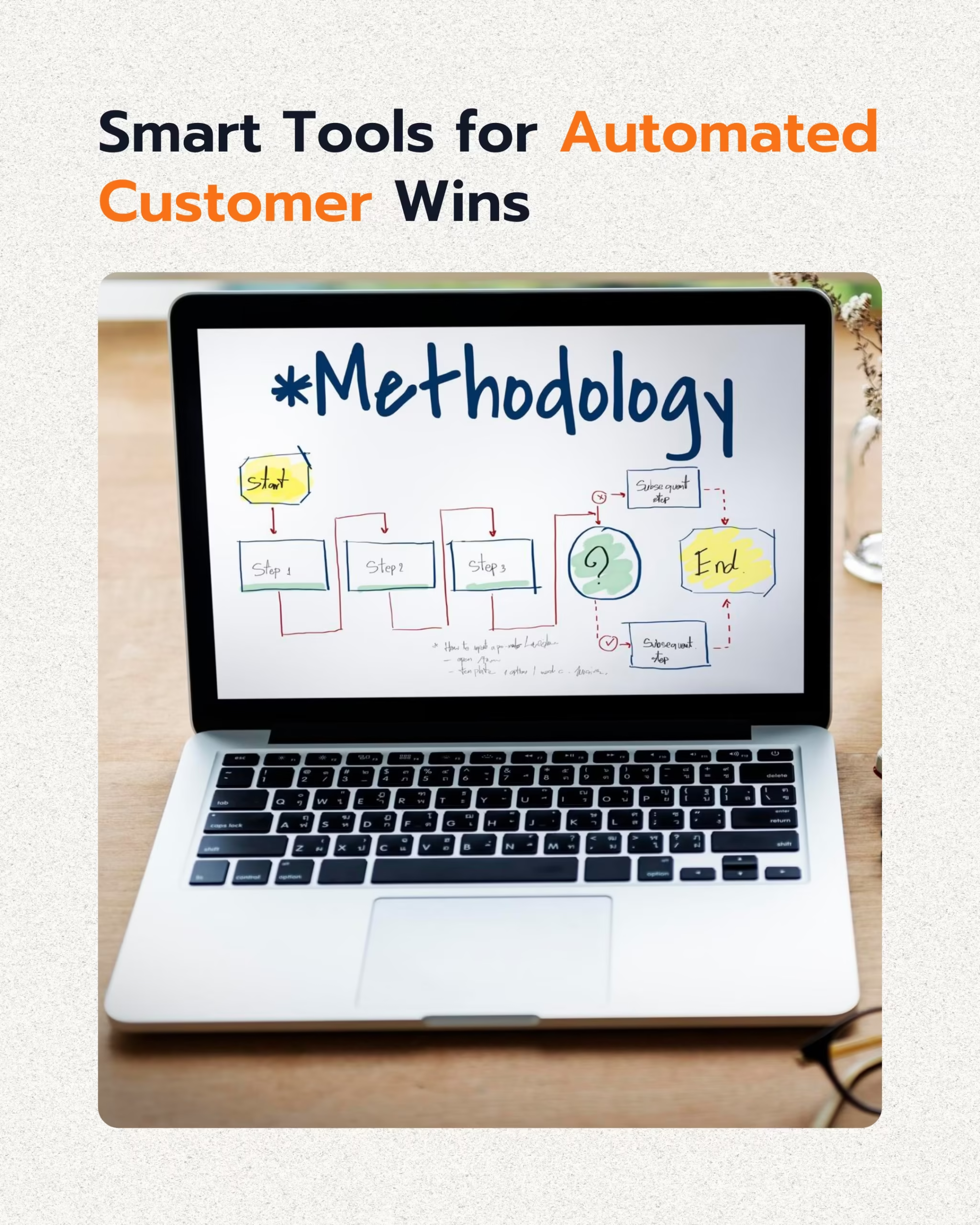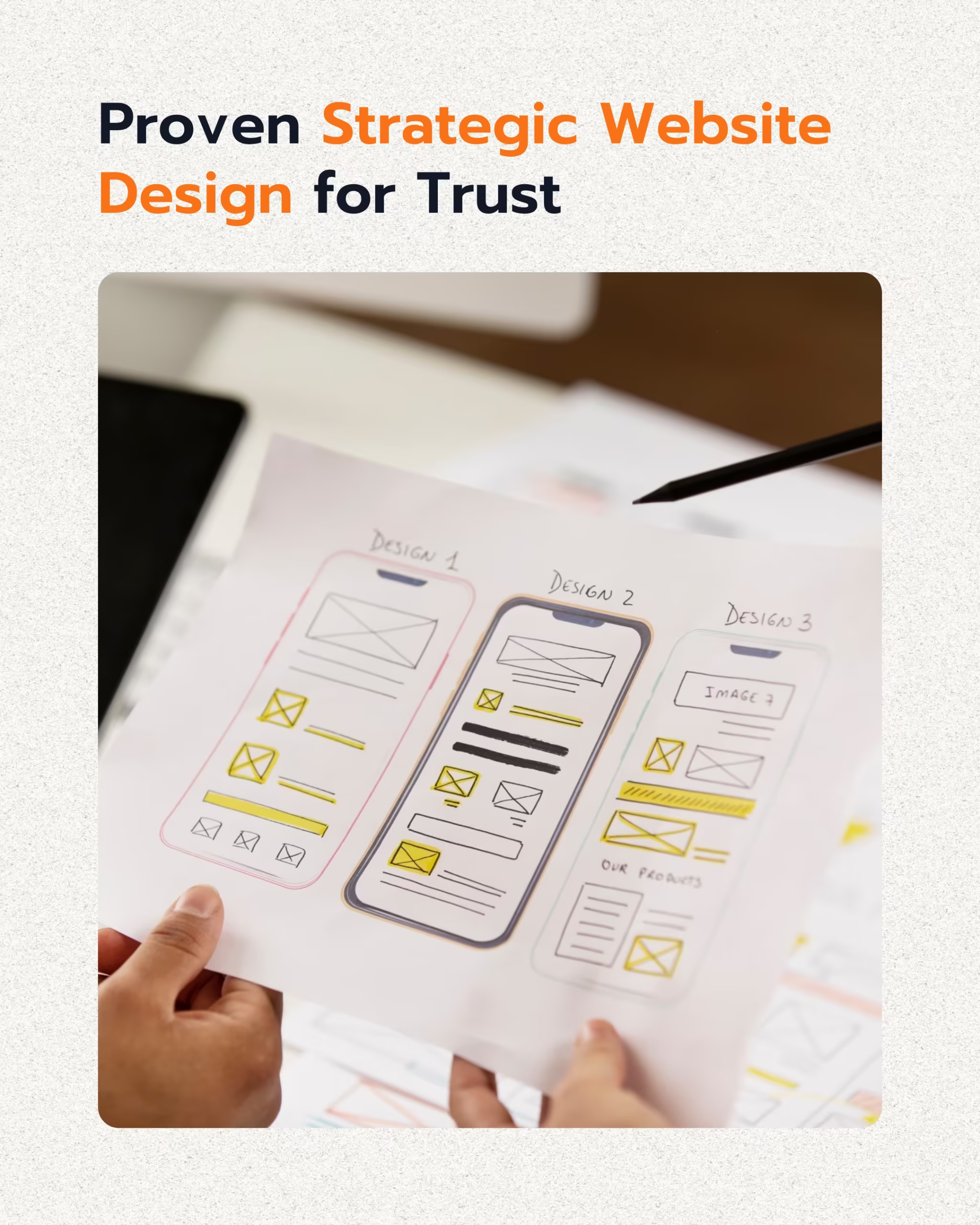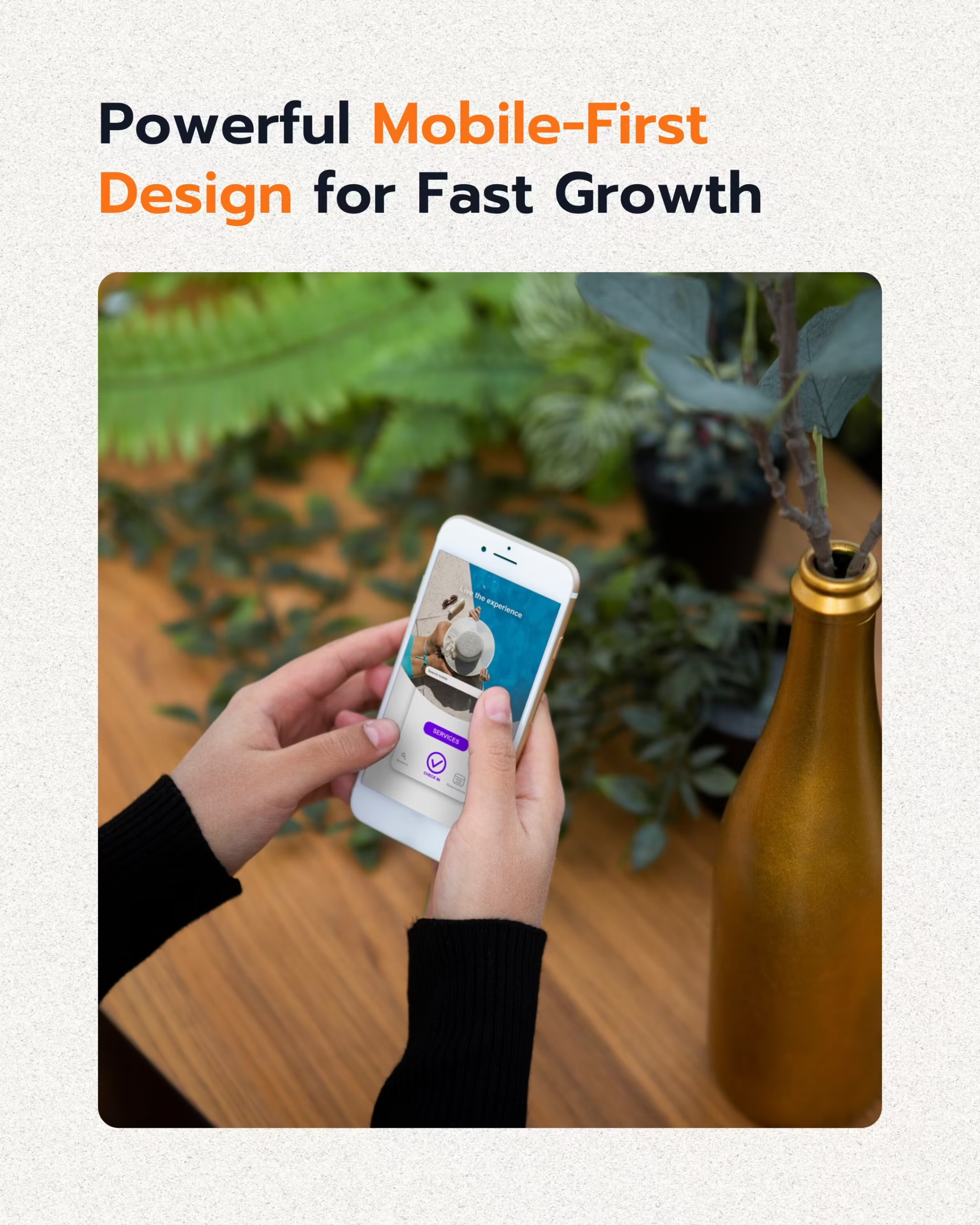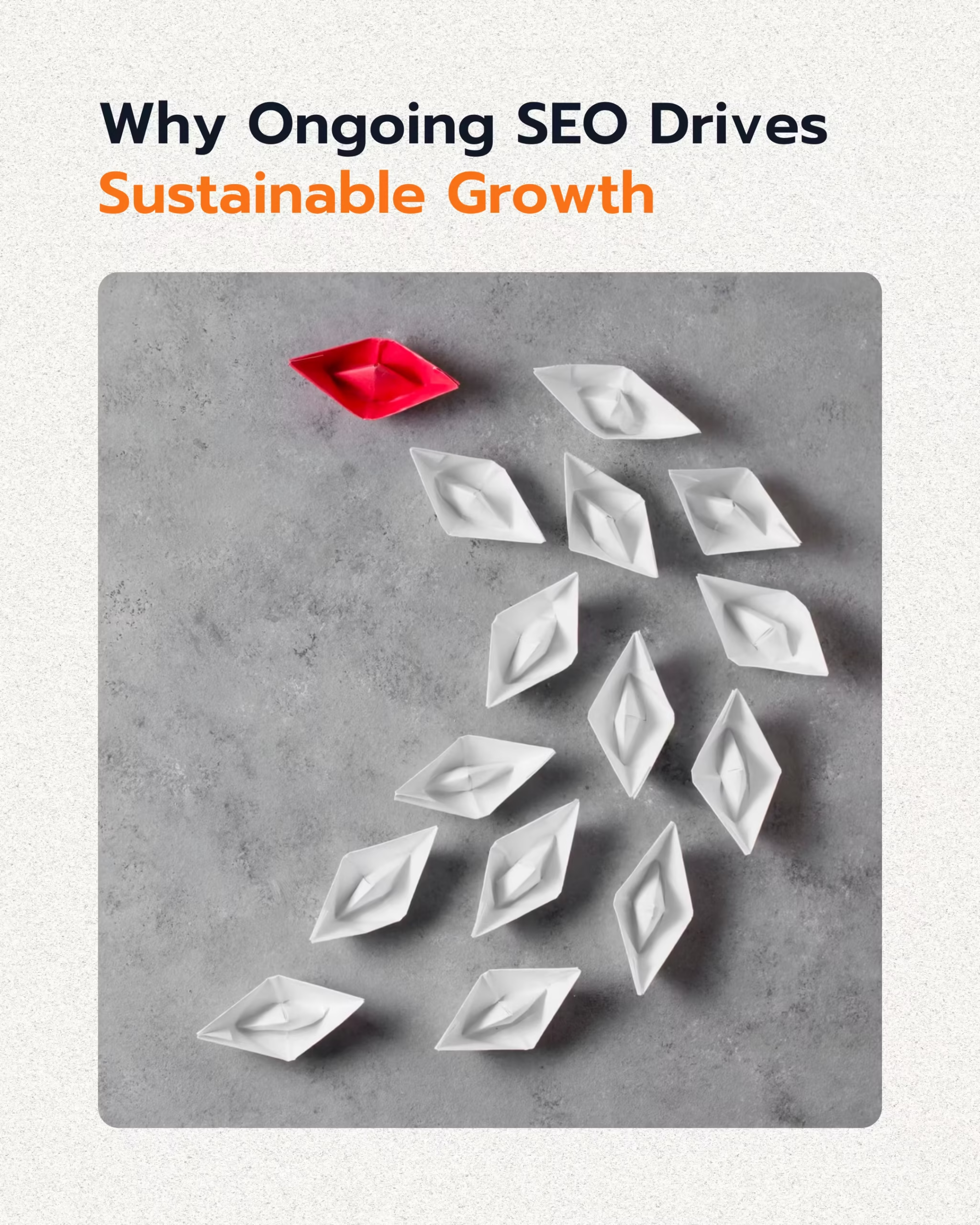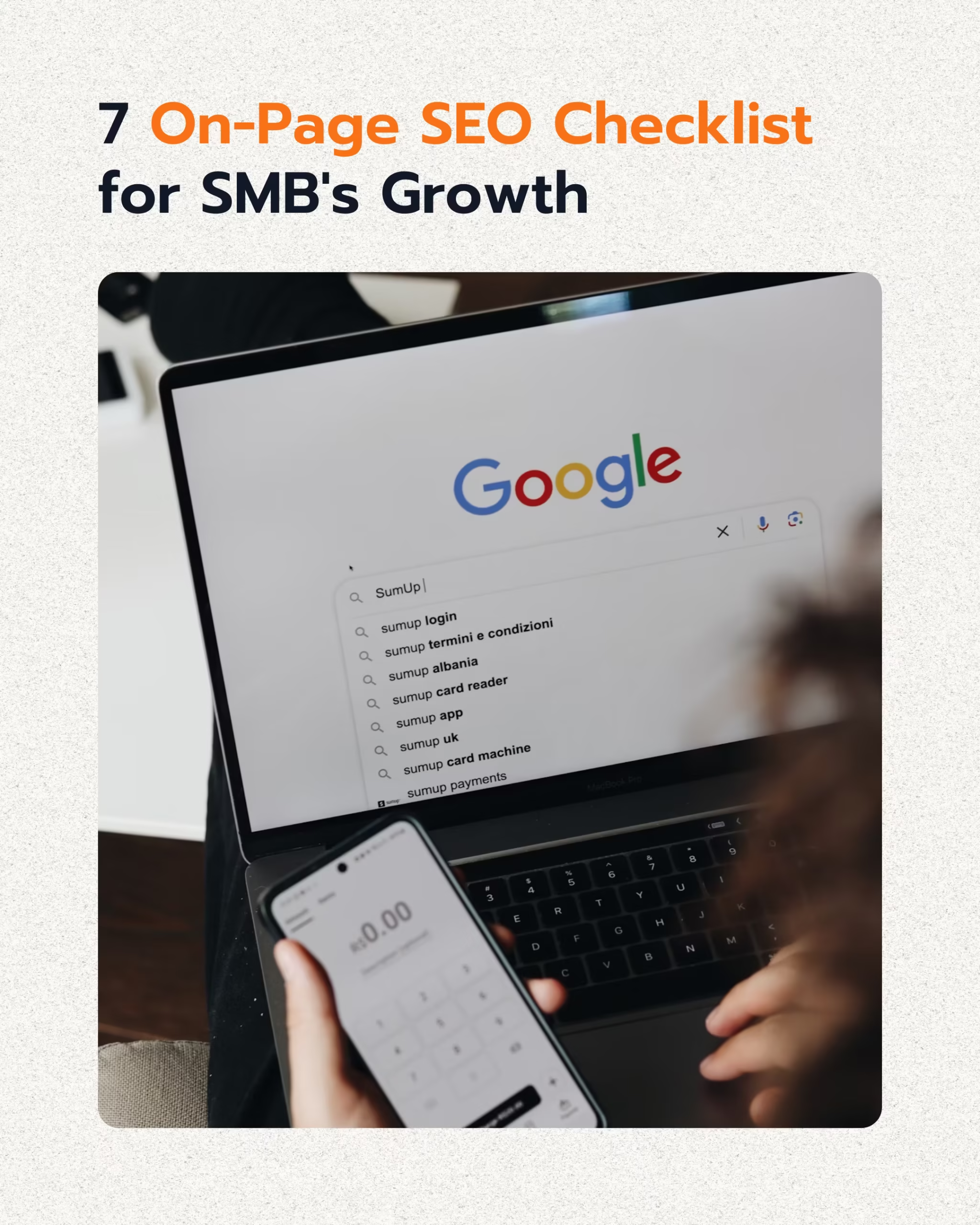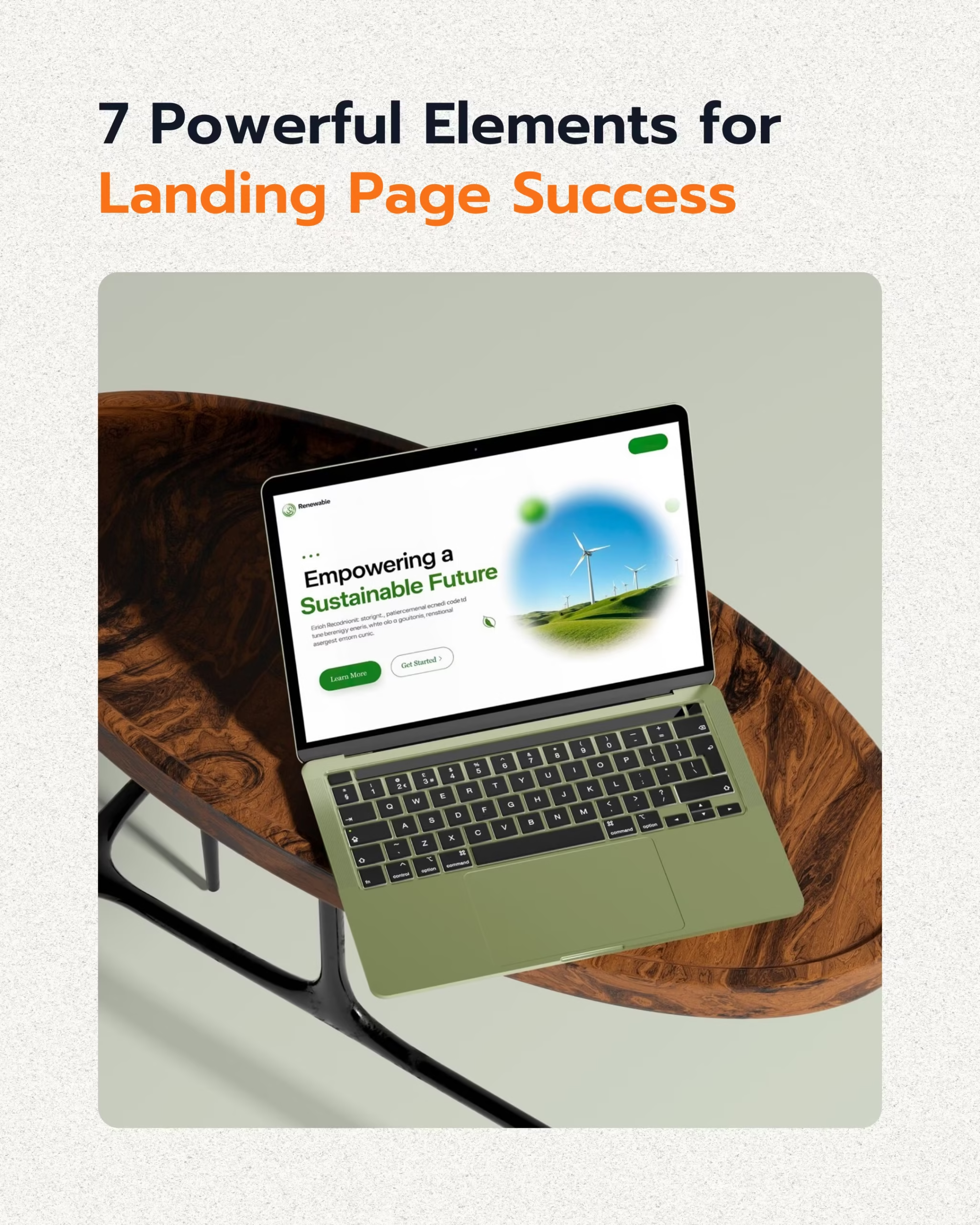Turning website visitors into leads is a critical objective for businesses seeking sustainable growth. This guide outlines our proven strategies and actionable steps to convert anonymous traffic into valuable prospects. It covers everything from content optimization to advanced lead capture techniques, ensuring your website functions as a powerful lead generation engine.
We explore market benchmarks, best practices, and real-world examples to show you how to turn website visitors into qualified leads. This comprehensive approach helps businesses improve their conversion rates, nurturing prospects through the sales funnel effectively.
Understanding Website Visitors & Lead Generation
Website lead generation involves attracting visitors and converting them into prospects by collecting their contact information. This process is fundamental for sales pipelines, allowing businesses to engage potential customers directly. Effective lead generation relies on understanding visitor intent and offering value in exchange for their data.

What are the core components of website lead generation?
Website lead generation integrates several key elements to effectively capture prospect information. These components work in concert to guide visitors from initial interest to becoming a qualified lead.
- Traffic Acquisition: Attracting visitors through various channels like SEO, paid ads, and social media. According to FirstPageSage, SEO delivers an average conversion rate of 2.3%, while direct traffic from warm leads converts at 3.3%.
- Value Proposition: Offering compelling content or services that address visitor needs or pain points.
- Conversion Mechanism: Providing clear pathways for visitors to exchange information, such as forms, pop-ups, or live chat.
Why is lead generation important for business growth?
Lead generation fuels business growth by creating a steady stream of potential customers. Without a robust lead generation strategy, sales teams lack qualified prospects, hindering revenue expansion. It allows businesses to build relationships, understand market needs, and tailor offerings.
Businesses allocate significant resources to lead generation, with more than half dedicating at least 40% of their digital marketing budget to this area. Exploding Topics reports that affiliate and partner marketing provide the highest ROI for lead generation (46% of marketers), followed by paid advertising (43%).
Key Metrics for Lead Generation Success
Measuring the success of lead generation efforts requires tracking specific metrics. These metrics provide insights into performance and areas for improvement.
- Conversion Rate: The percentage of visitors who complete a desired action, such as filling out a form.
- Cost Per Lead (CPL): The average cost incurred to acquire a single lead.
- Lead Quality: How well a lead matches the ideal customer profile, indicating their likelihood to convert into a paying customer.
| Marketing Channel | Average Conversion Rate | Lead Quality Indicator |
|---|---|---|
| SEO | 2.3% | High (Intent-driven) |
| PPC (Paid Ads) | 1.5% | Medium (Targeted) |
| Organic Social Media | 1.8% | Medium (Engagement-driven) |
| Email Marketing | 2.8% | High (Nurtured audience) |
Optimizing Content for Lead Conversion
Content plays a pivotal role in converting website visitors into leads. High-quality, relevant content attracts the right audience and provides value, encouraging them to engage further. Effective content strategies focus on addressing visitor pain points and offering solutions.

What types of content drive lead generation?
Different content formats serve distinct purposes in the lead generation funnel. Selecting the right content type depends on the visitor’s stage in their buying journey.
- Gated Content: Ebooks, whitepapers, and webinars that require contact information for access. Amra & Elma reports that top B2B companies achieve 10-15% conversion rates on gated content.
- Blog Posts & Articles: Educational content that attracts organic traffic and builds authority.
- Case Studies & Testimonials: Social proof that demonstrates success and builds trust.
How to create effective gated content offers?
Gated content is a powerful lead magnet when executed correctly. It must offer significant value to justify the exchange of personal information.
- Identify Audience Needs: Create content that directly solves a problem or answers a critical question for your target audience.
- High-Quality Production: Ensure the content is well-researched, professionally designed, and easy to consume.
- Promote Strategically: Use landing pages, social media, and email campaigns to drive traffic to your gated offers.
For example, Springly, a non-profit software company, offered an ebook on accounting basics and a weekly newsletter. Their ebook campaign attracted over 2,000 clicks, and the newsletter signup captured 138 leads, accelerating their email list growth by 50%.
Best practices for content optimization
Optimizing content goes beyond creation; it involves strategic placement, clear calls to action, and continuous refinement.
- SEO Optimization: Use relevant keywords to ensure your content ranks high in search results, attracting organic traffic.
- Clear CTAs: Integrate compelling calls to action within your content, guiding visitors to the next step.
- Mobile Responsiveness: Ensure all content is accessible and readable on various devices, as a significant portion of web traffic comes from mobile.
Crafting High-Converting Landing Pages
Landing pages are dedicated web pages designed to capture leads. Their primary purpose is to convert visitors into prospects by presenting a clear offer and a simple conversion path. A well-designed landing page minimizes distractions and focuses solely on the conversion goal.

What elements define a high-converting landing page?
Effective landing pages share common characteristics that contribute to their success. These elements work together to persuade visitors to take action.
- Compelling Headline: A clear, concise headline that immediately communicates the value proposition.
- Benefit-Oriented Copy: Text that highlights the advantages of the offer, addressing visitor pain points.
- Clear Call-to-Action (CTA): A prominent button or link that tells visitors exactly what to do next.
- Minimal Distractions: Removing navigation menus and unnecessary links to keep visitors focused on the offer.
The median landing page conversion rate across industries is 6.6%, based on analysis of 41 million visits and 57 million conversions. Top-performing landing pages (top 10%) convert at over 11%, according to Unbounce Q4 2024 data.
How to optimize landing page forms?
The form on a landing page is the direct mechanism for lead capture. Optimizing it is crucial for maximizing conversions.
- Reduce Form Fields: Only ask for essential information. Reducing form fields from 4 to 3 can increase conversion by 50%, as per Amra & Elma.
- Clear Labels: Use descriptive labels for each field, making it easy for users to understand what information is required.
- Privacy Assurance: Include a clear privacy statement to build trust and reassure visitors about their data.
Examples of successful landing page strategies
Real-world examples illustrate the impact of well-executed landing page strategies. These cases often involve A/B testing and data-driven decisions.
- YesPark: This parking service implemented two dedicated email capture campaigns, one for first-time visitors and another for return visitors. These personalized campaigns captured 4,737 leads, demonstrating the value of segmentation and personalization, as highlighted by Wisepops.
- California State University (CSUN): By focusing on data-driven ad copy testing and continuous optimization based on Google Analytics, CSUN increased landing page leads by 50% and reduced cost per acquisition by half within three months, according to Thunderbit.
Leveraging Personalization and CTAs
Personalization tailors the website experience to individual visitors, making interactions more relevant and engaging. Combined with strategic calls to action (CTAs), personalization significantly boosts the likelihood of converting visitors into leads. It moves beyond generic messaging to address specific user needs and interests.

What is the impact of personalization on lead conversion?
Personalization creates a more relevant and engaging experience for visitors, directly influencing their decision to convert. It signals that a business understands their needs.
- Increased Engagement: Content and offers tailored to a visitor’s profile or behavior are more likely to capture their attention. Jennifer Bailey of Story Collaborative emphasizes that “making on-site campaigns highly targeted to that specific user’s experience… dramatically increases our conversion rates,” as cited by Databox.
- Higher Conversion Rates: Personalized CTAs and content can lead to a significant uplift in lead capture.
- Improved User Experience: Visitors appreciate content that feels directly relevant to them, fostering a positive brand perception.
How to create effective Calls-to-Action (CTAs)?
CTAs are the direct instructions that guide visitors to take the desired action. Their effectiveness depends on clarity, prominence, and persuasive language.
- Action-Oriented Language: Use strong verbs like “Download Now,” “Get Your Guide,” or “Start Free Trial.”
- Visual Prominence: Ensure CTAs stand out through color, size, and placement on the page.
- Value Proposition: Clearly state what the user will gain by clicking the CTA.
Personalizing CTAs can greatly boost results, especially when combined with fast response times to leads, as noted by Thunderbit.
Examples of personalization in action
Businesses successfully implement personalization by segmenting their audience and delivering tailored experiences.
- Dynamic Content: Displaying different headlines or product recommendations based on a visitor’s browsing history or demographic data.
- Targeted Offers: Presenting specific lead magnets (e.g., an ebook for marketers, a case study for developers) based on inferred professional roles.
- Email Personalization: Using a visitor’s name and past interactions to customize email outreach, encouraging them to return to the site.
Creating detailed buyer personas is a foundational step for effective personalization. Tailored messaging based on these personas resonates more deeply and improves lead capture success, according to Amra & Elma.
Implementing Effective Lead Capture Tools
Beyond content and landing pages, various tools and techniques directly facilitate lead capture on a website. These tools are designed to engage visitors at opportune moments and collect their information efficiently. Choosing the right tools depends on your website’s traffic patterns and conversion goals.
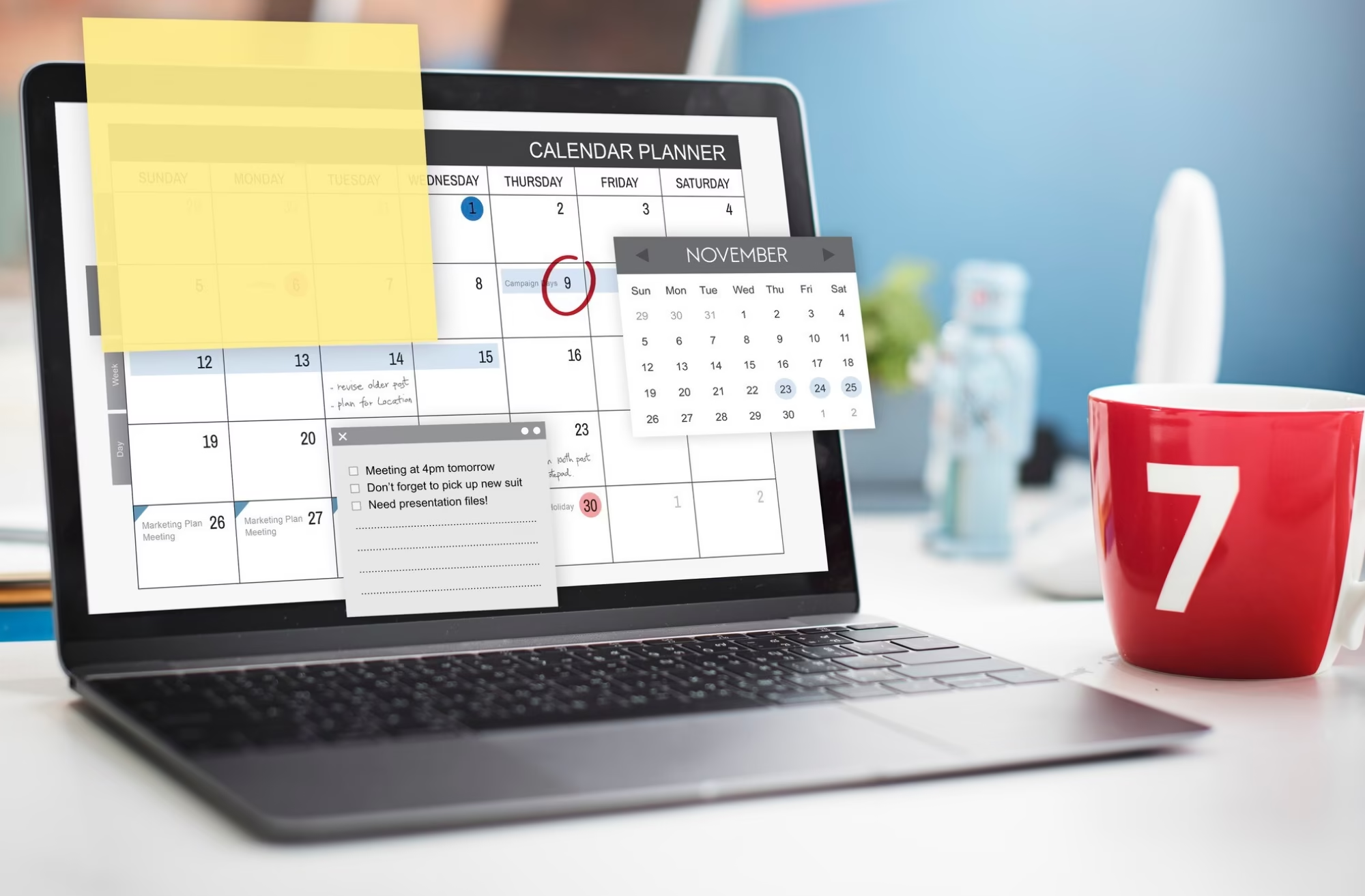
What are common lead capture tools?
A range of tools helps convert passive visitors into active leads. Each tool offers unique advantages for different scenarios.
- Pop-up Forms: Timed, scroll-triggered, or exit-intent pop-ups that present an offer or subscription option.
- Live Chat: Provides immediate support and can proactively engage visitors, offering assistance or directing them to relevant resources.
- Embedded Forms: Forms integrated directly into content or sidebars, offering a less intrusive way to capture leads.
How to use exit-intent pop-ups effectively?
Exit-intent pop-ups appear when a visitor is about to leave the website, offering a last-chance opportunity to capture their information. They are highly effective when used strategically.
- Compelling Offer: Present an irresistible offer, such as a discount, free guide, or exclusive content, to prevent abandonment.
- Clear Design: Ensure the pop-up is visually appealing and easy to close, avoiding frustration.
- Targeted Messaging: Customize the pop-up message based on the page content or visitor behavior.
Incorporating exit-intent pop-ups and live chat support can significantly boost conversion rates, as highlighted by Amra & Elma.
Integrating lead capture with CRM systems
Seamless integration of lead capture tools with a Customer Relationship Management (CRM) system is vital for efficient lead nurturing and sales follow-up. This ensures no lead falls through the cracks.
- Automated Data Transfer: Leads captured on the website are automatically added to the CRM, eliminating manual entry.
- Lead Scoring: CRM systems can automatically score leads based on their interactions and demographic data, prioritizing high-value prospects.
- Automated Follow-up: Triggers for email sequences or sales alerts can be set up within the CRM based on lead capture events.
| Tool Type | Primary Use Case | Conversion Impact | Integration Complexity |
|---|---|---|---|
| Pop-up Forms | Last-chance offers, subscriptions | High (when targeted) | Low to Medium |
| Live Chat | Real-time assistance, proactive engagement | Medium to High | Medium |
| Embedded Forms | Content upgrades, resource downloads | Medium | Low |
Data-Driven Optimization and Testing
Converting website visitors into leads is an ongoing process that requires continuous optimization. Data-driven insights inform decisions, ensuring that changes are based on evidence rather than assumptions. A/B testing and analytics are crucial for refining lead generation strategies.

What is A/B testing and why is it important?
A/B testing, or split testing, compares two versions of a web page element to determine which performs better. It is essential for identifying effective changes that lead to higher conversion rates.
- Informed Decisions: A/B testing provides statistical evidence for which variations of a page, CTA, or form are more effective.
- Continuous Improvement: It allows for incremental improvements over time, leading to significant gains in conversion performance.
- Risk Mitigation: Testing prevents the implementation of changes that could negatively impact conversion rates.
Thunderbit highlights that using data-driven analysis and continuous testing, rather than hunches, refines messaging, targeting, and ads for higher conversions.
How to use analytics for conversion rate optimization?
Web analytics tools provide valuable data on visitor behavior, helping to identify bottlenecks and opportunities for improvement in the conversion funnel.
- Track User Flow: Understand how visitors navigate your site, identifying common paths and drop-off points.
- Monitor Conversion Funnels: Analyze each step of the lead capture process to pinpoint where visitors abandon the process.
- Identify Key Metrics: Focus on metrics like bounce rate, time on page, and conversion rates for specific elements.
Examples of successful optimization through testing
Many businesses have achieved remarkable results by systematically testing and optimizing their lead generation elements.
- Headline Testing: A company might test two different headlines on a landing page to see which one generates more form submissions.
- CTA Button Color: Changing the color of a CTA button from blue to orange could lead to a measurable increase in clicks.
- Form Field Reduction: As mentioned, reducing the number of form fields has been shown to increase conversion rates significantly.
For instance, HawkSEM provides case studies where companies optimized their website elements, leading to substantial conversion rate improvements through rigorous A/B testing.
Lead Generation FAQs
How do I start converting website visitors into leads effectively?
Start by understanding your target audience and their needs, then create valuable content offers like ebooks or webinars. Implement clear calls-to-action and optimize your landing pages for a seamless user experience. Focus on gathering essential contact information in exchange for high-value resources.
What are the most common mistakes in website lead generation?
Common mistakes include unclear value propositions, overly long forms, lack of mobile optimization, and generic calls-to-action. Failing to test and optimize landing pages, ignoring user experience, and not following up on leads promptly also hinder conversion success.
Why should I use gated content to capture leads?
Gated content, such as ebooks or whitepapers, provides significant value to visitors, making them willing to exchange their contact information. This strategy helps qualify leads by demonstrating a higher level of interest. It also allows you to collect valuable data for personalization and nurturing.
When is the best time to use an exit-intent pop-up?
Use an exit-intent pop-up when a visitor shows signs of leaving your website. This provides a last-chance opportunity to present a compelling offer, like a discount or a free resource, to capture their information before they navigate away. It can significantly reduce bounce rates.
How does personalization improve lead conversion rates?
Personalization tailors content, offers, and messages to a visitor’s specific interests, behavior, or demographics. This makes the interaction more relevant and engaging, increasing the likelihood that they will respond positively to your calls-to-action and convert into a lead.
What is a good average conversion rate for website visitors to leads?
Average conversion rates vary by industry and channel. For general website visitors, a good rate might range from 2-5%. However, well-optimized landing pages can achieve median conversion rates of 6.6%, with top performers exceeding 11%, according to Unbounce Q4 2024 data.
How can I use A/B testing to improve lead generation?
A/B testing allows you to compare two versions of a webpage element (e.g., headline, CTA button, form layout) to see which performs better. By systematically testing different elements, you can make data-driven decisions to optimize your lead capture forms and landing pages for higher conversion rates.
What role does SEO play in converting visitors to leads?
SEO attracts high-quality, intent-driven traffic to your website. Visitors who find your site through organic search are often actively looking for solutions, making them more likely to convert into leads. Optimizing your content for relevant keywords ensures you reach this valuable audience.
Should I use live chat for lead capture?
Yes, live chat can be an effective lead capture tool. It provides immediate assistance, answers visitor questions, and can proactively offer resources or guide users to conversion points. It builds trust and can convert hesitant visitors who might not fill out a form.
How quickly should I follow up with new leads?
Responding to leads within 5 minutes significantly increases the likelihood of conversion. Prompt follow-up demonstrates responsiveness and keeps the lead engaged while their interest is high. Delays can lead to lost opportunities.
What is a Marketing Qualified Lead (MQL) and how does it relate to website visitors?
An MQL is a lead deemed more likely to become a customer based on their engagement with marketing efforts, such as downloading gated content or repeatedly visiting key pages. Website visitors become MQLs when their actions indicate a strong interest, signaling they are ready for further nurturing by the marketing team.
Conclusion
Converting website visitors into leads is a multi-faceted process that demands strategic planning, continuous optimization, and a deep understanding of your audience. By focusing on valuable content, optimized landing pages, personalization, and effective lead capture tools, businesses can transform their website into a powerful lead generation asset. Consistent data analysis and A/B testing ensure that these strategies remain effective and adapt to evolving visitor behaviors, driving sustainable business growth.

